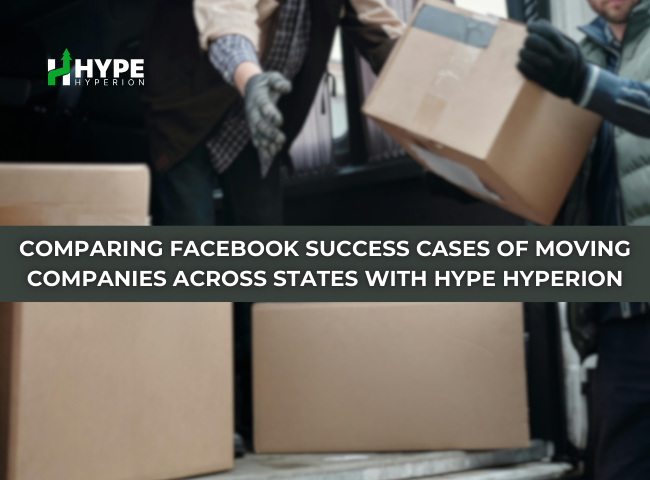
Choose between Instagram Stories and Facebook Reels for ads. HYPE Hyperion shows you which format works best...
Read more
Master short-form video ads on Facebook in 2025. Learn how HYPE Hyperion can help you create effective...
Read more
Discover the Facebook ad trends for 2025 and how HYPE Hyperion can help your business stay ahead...
Read more
Сheck how moving companies across different states achieve Facebook Ads success. Discover insights and strategies from HYPE...
Read more